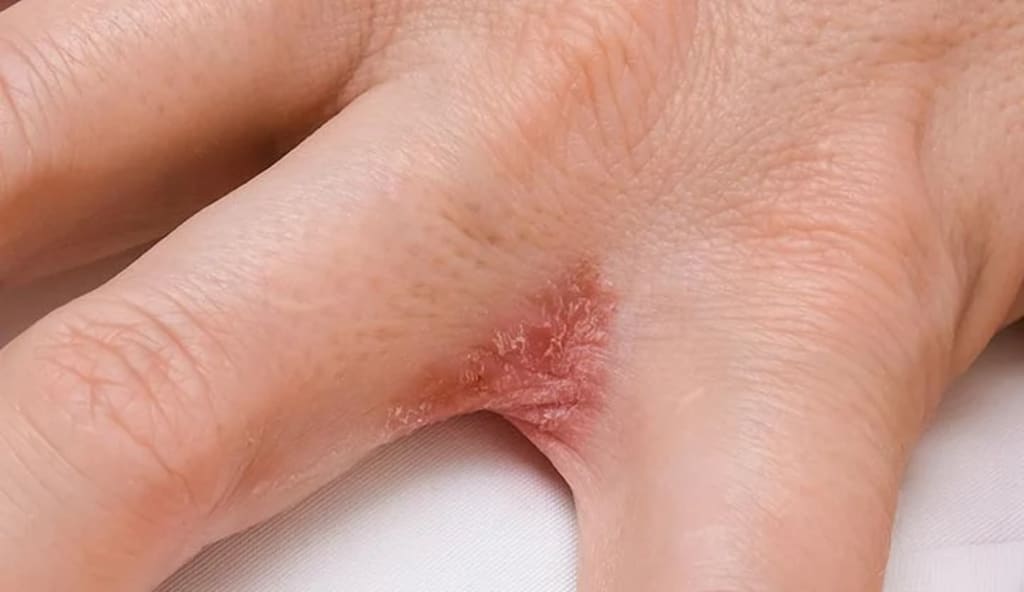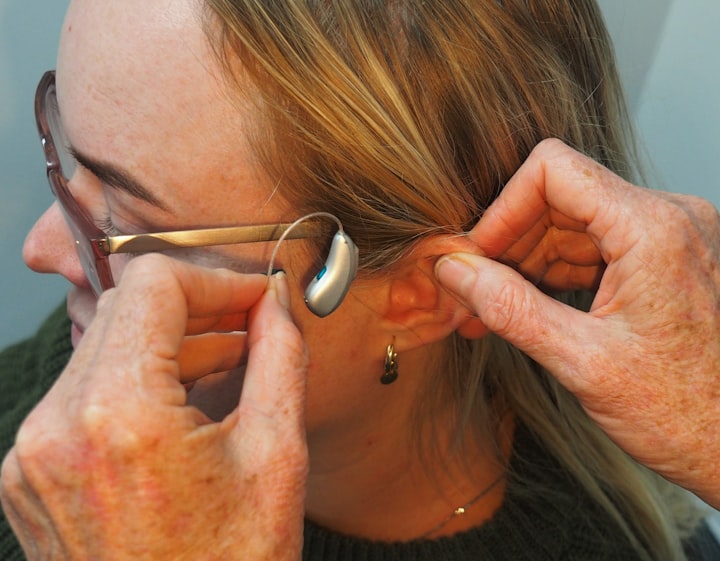When to Seek Medical Attention for Stress Bumps on Fingers
Signs and Symptoms That Indicate the Need for Medical Attention for Stress Bumps on Fingers

Stress bumps on fingers are a relatively common condition that can occur in response to stress or anxiety. They can appear on the fingers, hands, or other parts of the body, and they are typically characterized by small, itchy, and sometimes painful bumps.
While the exact cause of stress bumps is not fully understood, they are thought to be a physical manifestation of stress. When we experience stress, our bodies release a variety of hormones and chemicals that can impact the immune system. This can cause inflammation and irritation in the skin, leading to the formation of stress bumps.
In addition to stress, other factors may contribute to the development of stress bumps. For example, exposure to certain substances like soaps, detergents, or other irritants can trigger the formation of stress bumps. Some people may be more sensitive to these substances when they are under stress, which can exacerbate the condition.
Stress bumps can be very uncomfortable, and they can cause significant pain and irritation for some people. In some cases, stress bumps can become infected, which can lead to further complications. It is important to keep the affected area clean and dry, and to avoid scratching or picking at the bumps.
To manage stress bumps, it is important to address the underlying stress and anxiety that may be contributing to their development. This can involve stress-reducing activities like exercise, mindfulness meditation, or therapy. Avoiding exposure to irritants or allergens can also help to prevent stress bumps from developing or worsening.
In some cases, over-the-counter medications like antihistamines or corticosteroid creams may be recommended to help manage symptoms. If stress bumps are causing significant discomfort or pain, or if they are accompanied by other symptoms like fever or swelling, it is important to seek medical attention. A healthcare provider can provide treatment options to help manage symptoms and prevent complications.
Stress bumps are thought to be caused by a combination of factors, including stress, anxiety, and hormonal changes. When we experience stress, our bodies release a variety of hormones and chemicals that can impact the immune system. This can cause inflammation and irritation in the skin, leading to the formation of stress bumps.
Exposure to certain substances can trigger stress bumps, particularly in individuals who are sensitive to these irritants. Common irritants that can contribute to the development of stress bumps include soaps, detergents, chemicals, and allergens.
When individuals are under stress, their bodies may become more sensitive to these irritants, leading to an exaggerated immune response. This can result in inflammation and irritation in the skin, leading to the formation of stress bumps. For example, someone who is already prone to eczema may experience a flare-up of their symptoms when under stress, leading to the formation of stress bumps.
In some cases, stress bumps may also be caused by an allergic reaction to certain substances. For example, some people may be allergic to certain metals, like nickel or gold, which can trigger the development of stress bumps on the fingers or hands.
To prevent stress bumps from being triggered by irritants or allergens, it is important to identify and avoid these substances whenever possible. This may involve switching to hypoallergenic soaps and detergents, avoiding exposure to certain chemicals or metals, or using protective gloves when handling irritants.
Additionally, stress management techniques can be helpful in reducing the severity and frequency of stress bumps. These may include practices like meditation, deep breathing, yoga, or exercise. Counseling or therapy may also be beneficial in helping individuals manage stress and anxiety more effectively.
In some cases, medications or topical treatments may be recommended to help manage stress bumps. Over-the-counter antihistamines or corticosteroid creams may be helpful in reducing inflammation and itching associated with stress bumps. In more severe cases, prescription medications or immunosuppressants may be recommended.
Overall, stress bumps on fingers can be a frustrating and uncomfortable condition, but they can often be managed effectively with a combination of stress management techniques and appropriate treatment.
While stress bumps are typically harmless, they can be very uncomfortable for some people. In some cases, stress bumps can become infected, which can lead to further complications. If you experience stress bumps, it is important to keep the affected area clean and dry, and to avoid scratching or picking at the bumps.
To manage stress bumps, it is important to address the underlying stress and anxiety that may be contributing to their development. This can involve stress-reducing activities like exercise, mindfulness meditation, or therapy. Avoiding exposure to irritants or allergens can also help to prevent stress bumps from developing or worsening.
If stress bumps are causing significant discomfort or pain, or if they are accompanied by other symptoms like fever or swelling, it is important to seek medical attention. A healthcare provider can provide treatment options to help manage symptoms and prevent complications.
About the Creator
thingsandstuffzy
Writing about things that people should know about because they need to know about things. Isn't this exciting?






Comments
There are no comments for this story
Be the first to respond and start the conversation.